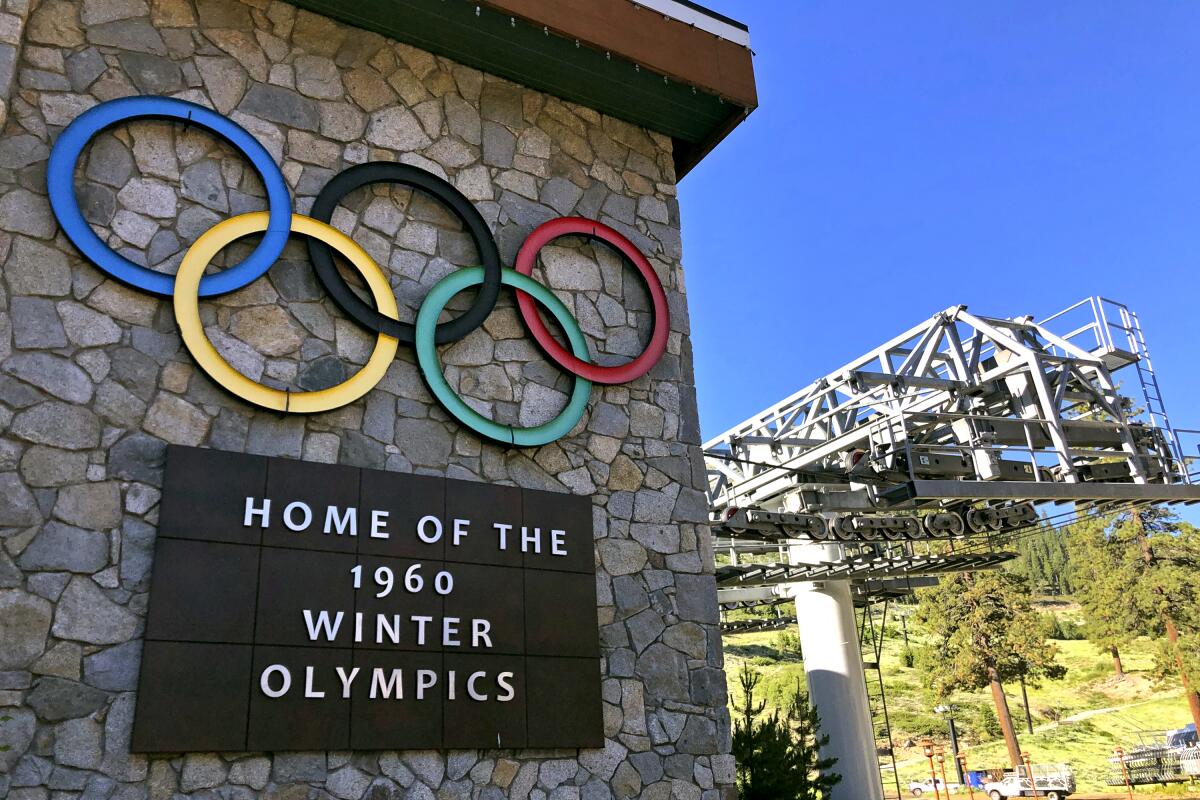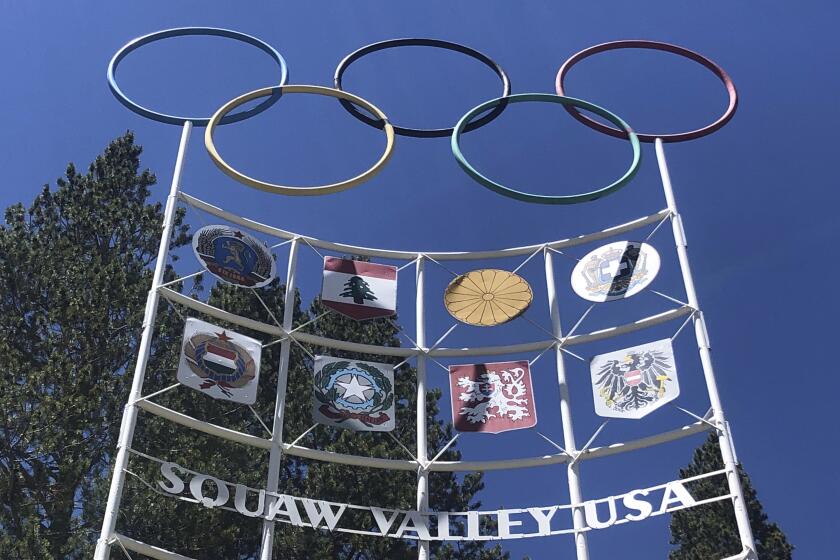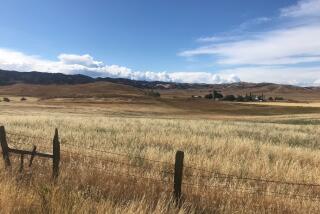Appeals court blocks long-sought expansion of Squaw Valley ski resort

RENO â A California appeals court has blocked the expansion of Squaw Valley Alpine Meadows ski resort because the development plan fails to adequately address potential harm to air and water quality, as well as increased noise levels and traffic in the area.
A three-judge panel of the 3rd District Court of Appeals granted parts of two appeals brought by Sierra Watch against the Lake Tahoe-area resort. It reversed a state judgeâs 2018 ruling and ordered the lower court in Placer County to issue a new ruling specifying additional actions that the resort must take to ensure the new developmentâs compliance with the California Environmental Quality Act.
In addition to other concerns, the panel said Tuesday that existing plans fail to adequately address climate change or impacts on regional wildfire evacuation plans surrounding the site of the 1960 Winter Olympics.
Opponents say the development planned across 94 acres would double the population of Olympic Valley, six miles north of Tahoe City. They say 40% of the new traffic generated would travel into the lakeâs basin, increasing the amount of sediment transported to the lake and raising nitrate emissions â two major threats to Tahoeâs world-renowned clarity.
Tom Mooers, Sierra Watchâs executive director, said the appellate courtâs decision âmarks a major milestoneâ in the decade-long effort to block the expansion first proposed in 2012.
Alterra Mountain, the Denver-based owner of Squaw Valley, wants to build 850 units in a series of high-rise condo hotels in what is now the resortâs parking lot. The expansion includes plans for a roller coaster and a 90,000-square-foot indoor water park.
Squaw Valley Alpine Meadows, near Lake Tahoe, plans to drop the derogatory term âsquawâ from its name.
âAlterra was hell-bent on bringing Vegas-style excess to the mountains of Tahoe,â Mooers said. âIt was a direct threat to everything we love about the Sierra.â
Justices Vance Ray, Cole Blease and Elena Duarte granted the appeal Tuesday.
In the second related appeal, the justices agreed with Sierra Watchâs argument that Placer Countyâs Board of Supervisors violated public meetings requirements when it approved parts of the expansion plans. But it stopped short of vacating the countyâs action and instead instructed the lower court to issue a new ruling addressing the conservation groupâs concerns.
Dee Byrne, president and COO of Squaw Valley Alpine Meadows, said in a statement Wednesday night that it was disappointed with the ruling, but noted that it upheld most of the environmental review attached to the development plan.
At Lake Tahoeâs Squaw Valley Alpine Meadows, itâs not location, location, location, itâs terrain, terrain and more terrain: a combined 6,000 acres of some of the most dependably snowy, scare-yourself-silly inbound skiing and snowboarding among U.S. destination resorts.
âWe are committed to carrying out a responsible development in the valley, one that brings higher-paying jobs, increased tax revenue, more affordable housing and millions in future investment in support of conservation and transit to Olympic Valley and the region,â she said.
The countyâs 2016 review approved by a state judge concluded that the expansion would add an average of 1,353 daily car trips â an additional 23,842 vehicle-travel miles on busy days. It acknowledged that it could take more than 10 hours to evacuate the area via the single access road during a wildfire.
The appellate courtâs 53-page ruling noted that the developer had argued that the ski resort lay outside the Lake Tahoe Basin and that the expansion project âwould not result in storm-water runoff or other pollutants draining into the lake.â
But it said the county admitted after the formal approval of the environmental impact report attached to the formal expansion plans that increased vehicle-miles traveled contribute to pollution of the lake.
News Alerts
Get breaking news, investigations, analysis and more signature journalism from the Los Angeles Times in your inbox.
You may occasionally receive promotional content from the Los Angeles Times.
The county âacknowledged the connection between vehicle-miles traveled and Tahoeâs clarity after the final Environmental Impact Report was prepared, revealing six days before the board of supervisors approved the project that increased [vehicle-miles traveled] and its related effects â tailpipe emissions and crushed abrasives â have a direct role in lake clarity,â Tuesdayâs ruling said.
âBut none of that was disclosed in the [environmental impact report]. And so ... the public had little if any ability to evaluate the relevance of that change to Lake Tahoe. That was improper.â
The court also agreed with Sierra Watchâs argument that the impact report underestimated wildfire evacuation times by wrongly assuming emergency responders would provide traffic control at key intersections in the narrow, forested canyon along the Truckee River leading to Interstate 80.
It noted that the fire chief later clarified to the developerâs consultant that its assumption was âhighly unrealisticâ because any âavailable public safety personnel would be tasked with much higher-priority tasks, and even then, the numbers of public safety personnel would likely be inadequate.â
Squaw Valley attempted to downplay the issue by noting that the fire chief ultimately supported the evacuation plan prepared for the project, the court said. But the report itself continued to present âa misleading estimation of evacuation times that prevented informed decision-making.â
More to Read
Sign up for Essential California
The most important California stories and recommendations in your inbox every morning.
You may occasionally receive promotional content from the Los Angeles Times.











